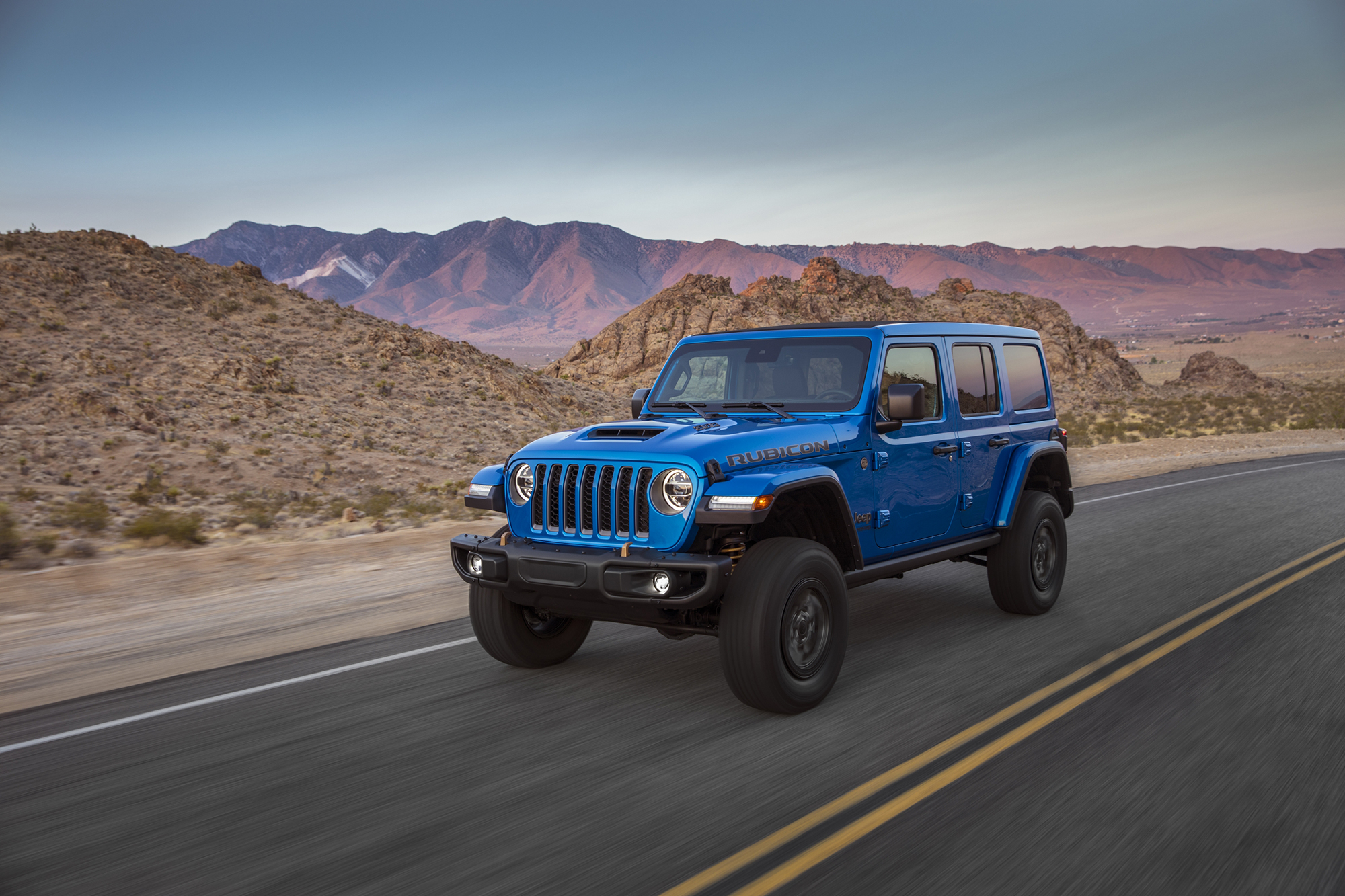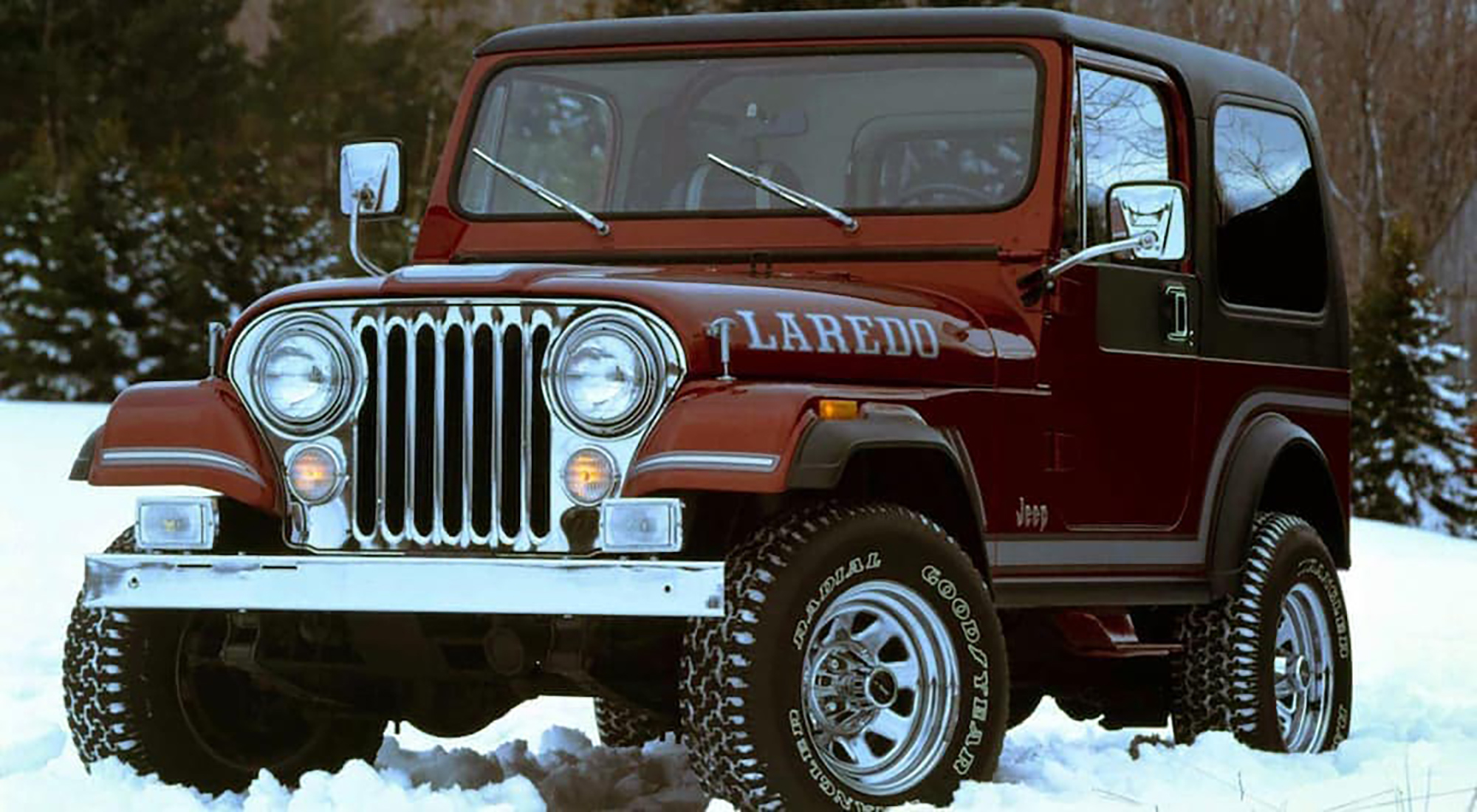by Kyle Buchter
Quadratec Trail Boss
A Jeep was made to grow. At least, that’s what many of us tell ourselves when we gaze over the vehicle as its sits quietly in a driveway or parking lot.
It is the natural evolution of things. An order or mantra that just seems right. And whether that means bigger bumpers, beefier suspension components, or larger tires, this growth often goes hand-in-hand as an owner’s skill level or off-road progression increases.
Because, after all, bigger is always better, right?
Well, that depends.
Today’s Jeep Wrangler vehicles typically come from the factory with a 31- to 35-inch tire. Most editions are ideal for street use and serve their daily-driving purpose well, staying on the Jeep until all worn out some 50- to 60-thousand miles down the road. Then, an owner may look for a larger replacement.
For others, those smaller road-use factory tires are one of the first things to be pulled off the Jeep.
If you fall somewhere in between, or are trying to figure out just what bigger tires can do for your Jeep, well, you’ve come to the right place.

So why would you want bigger tires?
The first reason is for the look. Most Jeeps just look better with a beefier tire. The second reason is for better off-road ground clearance. If you have ever taken your stock Jeep off-road then you will understand because the undercarriage seems to catch a lot of things.
Lift kits do raise the undercarriage, but larger tires raise the axles. Is this absolutely needed? Usually, but it also depends on how you drive. Some drivers are really good at visualizing where all the parts of the undercarriage and axles sit when traversing obstacles, and can pick great lines to help overcome with smaller tires. Many others simply like the peace of mind of having a larger tire to float across the surface of the obstacles with less focus needed on taking the perfect line. It’s all in how you drive.
What is involved with stepping up a tire size or two?
First thing depends on the vehicle’s drivetrain. Stuff like axles, engine, transmission, suspension, brakes, gearing, driveshafts, transfer case, shocks, wheels, fenders and even local laws come into play. You need to figure out whether your Jeep can really handle bigger tires and that extra weight, or if you will need other upgrades to make the whole thing work. And that normally can be determined by how you drive the vehicle.
If it is a daily driver that will probably never leave the pavement, then you can get away with less modifications when going to a larger tire. This is because the suspension does not travel as much as it does off-road. Therefore, the stresses are not as great just driving down the road. However, if you are building the Jeep to be an off-roader you will need to do the proper modifications to get a bigger tire to work.
Depending on what model Jeep you own will also determine your tire size upgrade options.

Older Jeeps like CJ, YJ, TJ, and XJs for example, take a decent size lift just to run a size tire that now comes factory on JK or JL Rubicon Wranglers. For those newer versions, moving from stock to 35-inch tires mainly requires a small suspension lift and wheels, or wheel spacers to get the proper backspacing. Lift sizes usually depend on the brand of lift, tire size and what type of terrain you plan to drive.
For most, tire size progression usually goes from stock to 33-, 35- and 37-inch sizes, and then 40’s and above. Now, keep in mind upgrading tires is not a one way fits all process because every vehicle requires different set ups depending on the size.
Moving from stock to 35-inch tires usually requires a lift that at least to clears the tires on most older models in order for the vehicle to off road without the tire rubbing badly. Newer Wrangler JL owners should be able to fit those 35s without an issue, but JKs need at least a 2- to a 2.5-inch kit to comfortable use those larger tires off-road. TJs and older will probably need to investigate at least a 4-inch kit for that size tire.
Moving into 37-inch tires takes a lot more and I usually joke with people that it is going to run somewhere around $5000 to safely put those 37s on the vehicle (not counting the tire costs). My reasoning for that is because the factory gears, axles, brakes, ball joints, steering, etc. can all handle the extra weight and size of 35-inch tires tire for a reasonable amount of time as long as the Jeep is driven well.
However, the mass difference in moving to a 37-inch tire takes things just a little far for stock components. Can you get by with swapping those pieces out? Yes, but not really for an extended time — especially if it will be driving a lot more off-road. So figure that your Jeep will need those extra modifications eventually to make it drive well.
Then, for those looking at 40-inch tires, it takes even more to set the vehicle up for that size. The tire weight now really comes into play when driving and especially off-road. That heavier tire is constantly lifted up and down while driving off-road, which puts stress on nearly everything on the vehicle. Also, weight by tire brand is something to keep in mind also because some tires are just heavier than others even though they are the same overall size.
Additionally, the tire aspect ratio (for example 315/75/R17) can be evaluated to reduce a tire’s weight by changing an aspect of a tire that really fits the look you want. This way, you can get the exact tire that works best with the build without the heavier weight because bigger is not always better.
So can you get away with adding a bigger tire on your Jeep? Yes, but remember the other modifications you will eventually need depending on the tire size you want and the activities you desire.
Ideally, you really should get a good feel on how your Jeep performs with its current tires. And then understand that while swapping into 33s, 35s, or 37s only adds about an inch of ground clearance per size, it definitely changes how the tire fits into the fender well and what it makes contact with as it goes through its cycles.





















